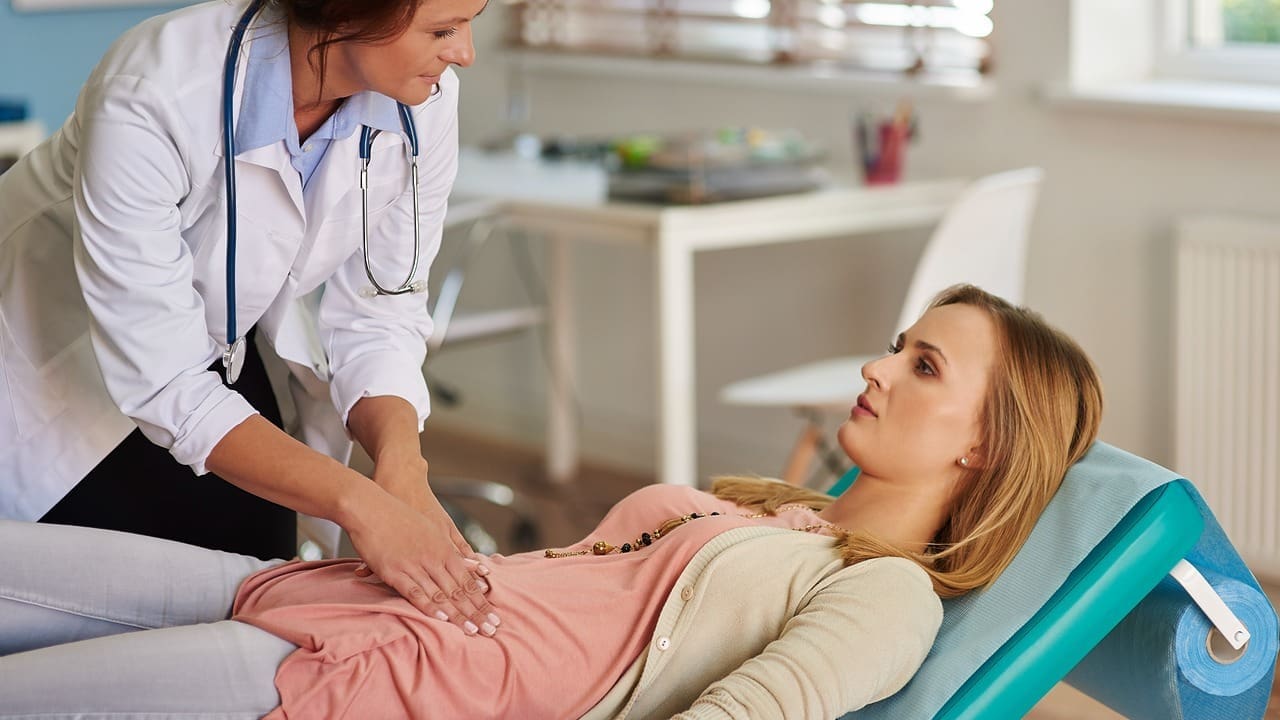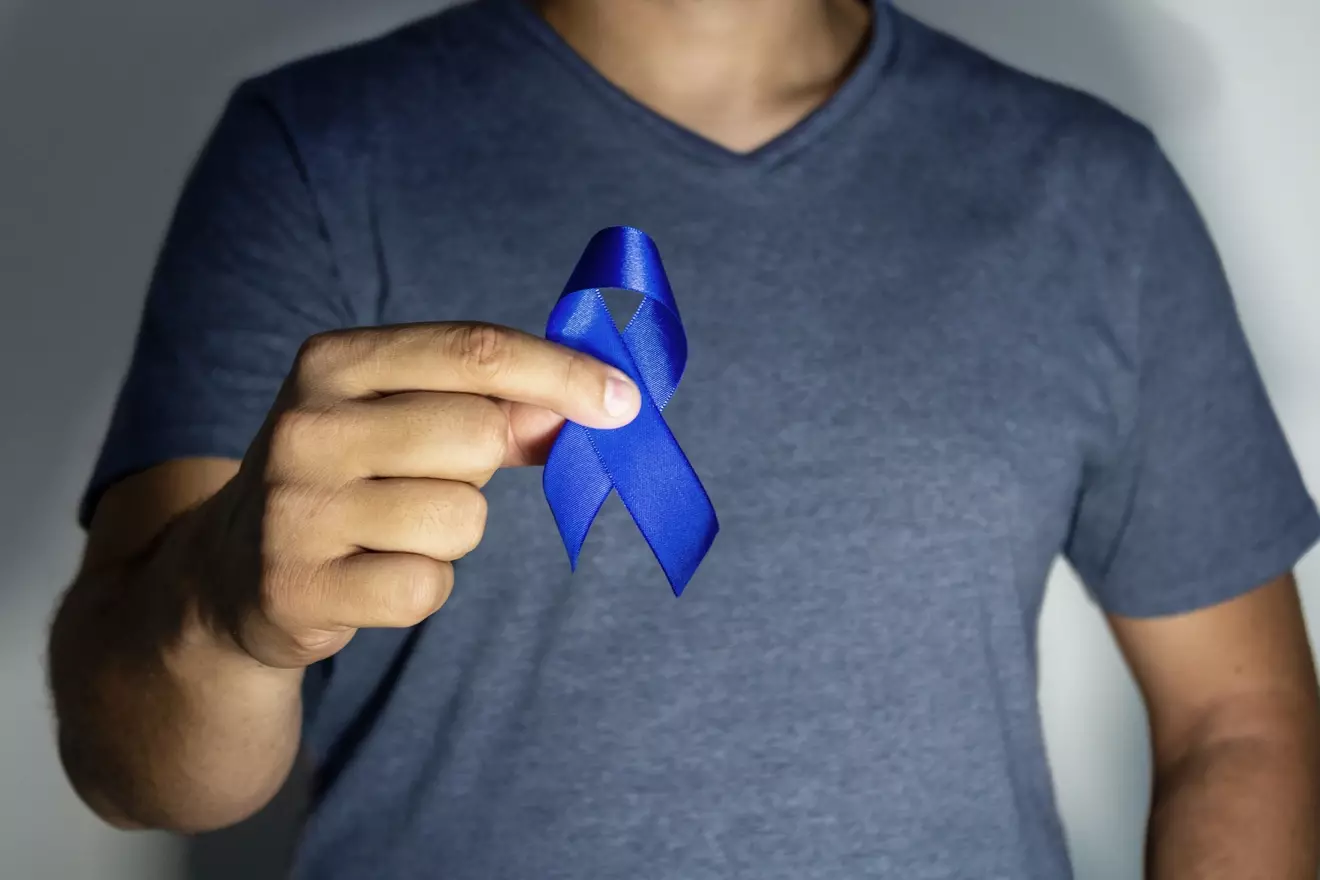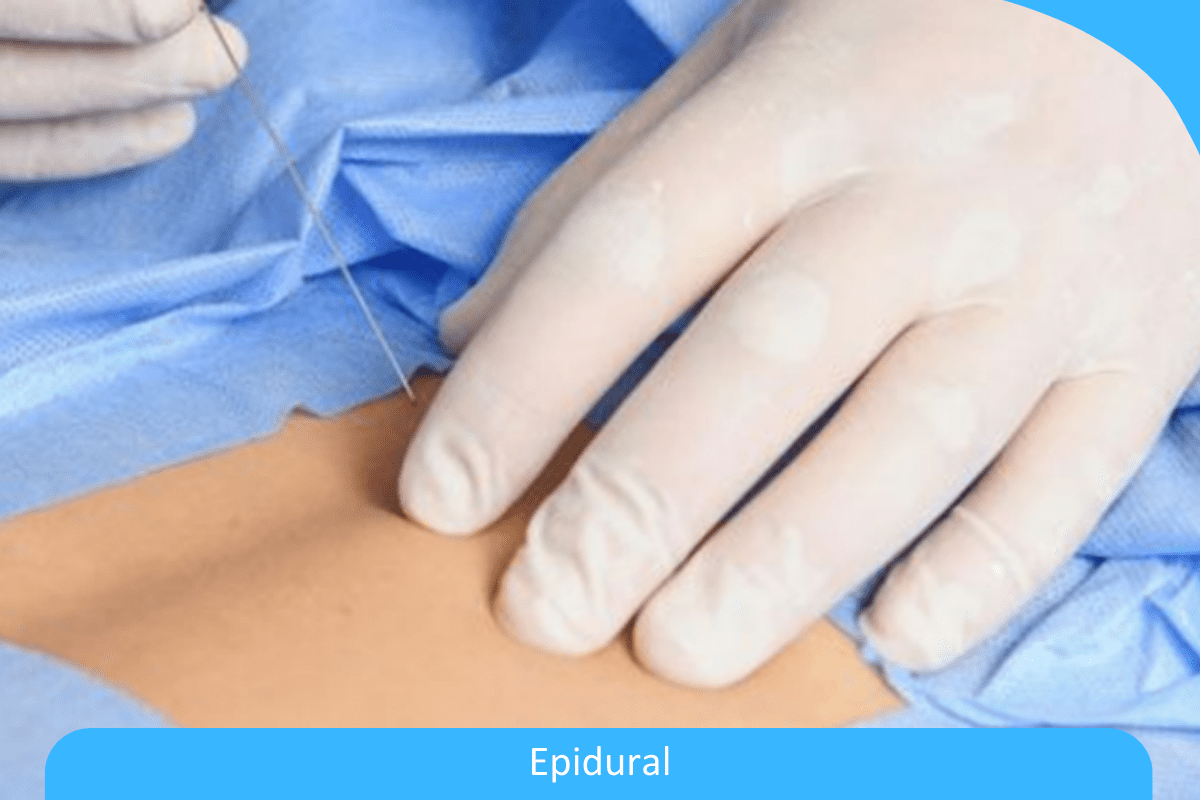Last Updated on November 27, 2025 by Bilal Hasdemir
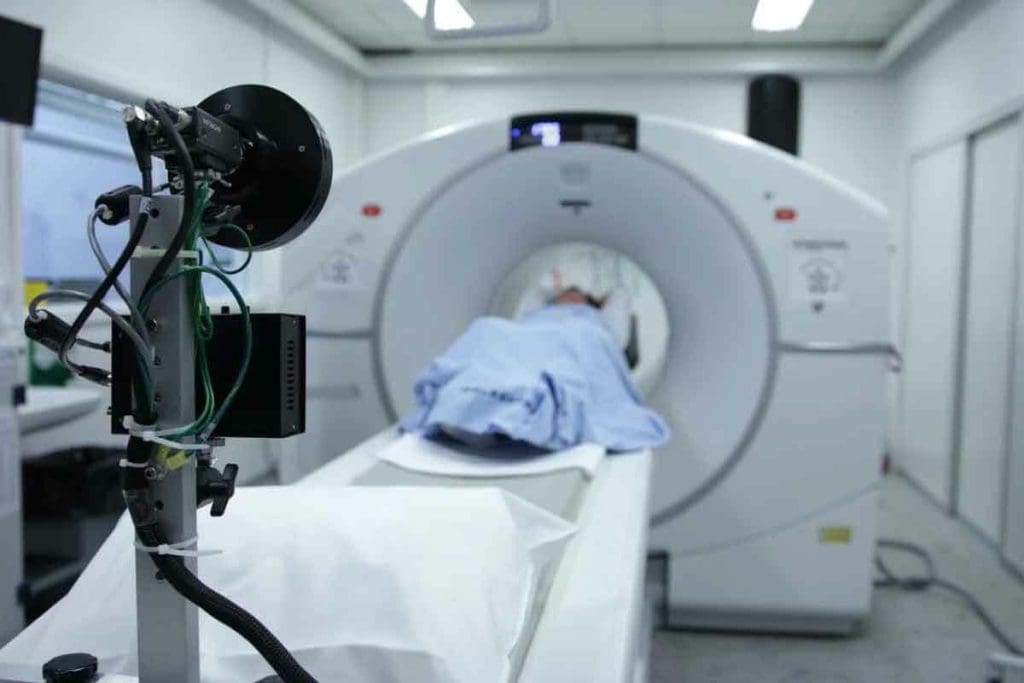
When diagnosing bone-related conditions, two imaging techniques are often used: bone scans and CT scans. At Liv Hospital, we use advanced imaging and patient care to guide your health journey.
It’s important to know the differences between these two methods. A bone scan uses a small amount of radioactive material. It highlights areas of bone damage or disease.
We will look at the main differences and uses of bone scans and CT scans. This will help you make better choices for your health.
Key Takeaways
- Understand the difference between bone scans and CT scans
- Learn how each imaging technique works
- Discover the key uses of bone scans and CT scans
- Make informed decisions about your bone health
- Explore the benefits of advanced imaging at Liv Hospital
Understanding Medical Imaging Techniques
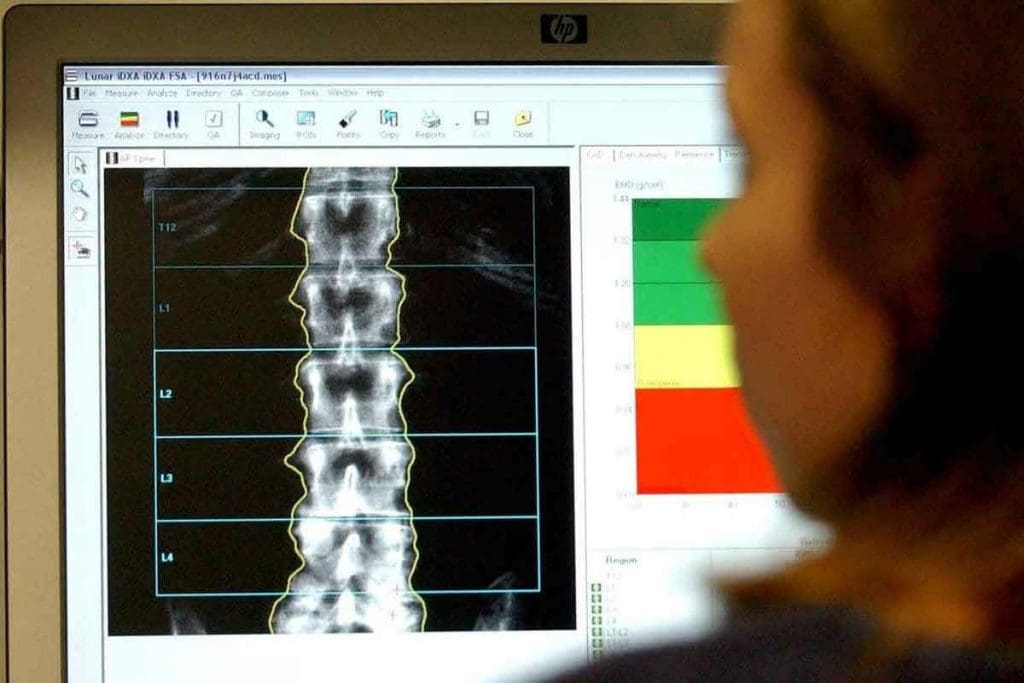
Medical imaging has changed a lot, making it easier to diagnose and treat health issues. New imaging tools have greatly improved patient care.
The Evolution of Diagnostic Imaging
Diagnostic imaging has grown a lot over time. We’ve moved from simple X-rays to advanced scans like CT and bone scans. CT scans use X-rays to create detailed cross-sections, helping spot bone problems and tumors.
These new imaging tools help doctors find problems early and accurately. They can see inside the body, which helps plan treatments.
The Importance of Selecting the Right Imaging Method
Picking the right imaging method is key to good diagnosis and treatment. Bone scans are great for finding bone infections and disorders. CT scans show detailed images of bones, soft tissues, and blood vessels.
Knowing what each imaging method can do is important. CT scans give clear images of bones and soft tissues. This makes them good for finding cancers and other issues. Choosing the right scan helps doctors give patients the best care.
What is a Bone Scan?

A bone scan, also known as bone scintigraphy, is a way to see bone damage or disease. It uses a tiny bit of radioactive material. This test helps find issues like fractures, infections, and cancer in bones.
Nuclear Medicine Fundamentals
Nuclear medicine is a field that uses tiny amounts of radioactive materials. It helps diagnose and treat diseases. In bone scans, it uses a radioactive tracer is used to spot bone problems.
How Radioactive Tracers Work
The bone scan process starts with a radioactive tracer injection. This tracer, usually Technetium-99m (Tc-99m), goes to active bone areas. A special camera, the gamma camera, then takes pictures of where the tracer is.
The Bone Scan Procedure
The bone scan procedure includes a few steps:
- A small amount of radioactive tracer is injected into a vein in the patient’s arm.
- The tracer builds up in bones over a few hours.
- The patient is then placed under a gamma camera, which captures images of the tracer distribution.
- The gamma camera rotates around the patient, taking multiple images from different angles.
Here’s a quick overview of the bone scan process and its key points:
| Characteristics | Description |
| Radiotracer Used | Technetium-99m (Tc-99m) |
| Injection Method | Intravenous injection |
| Imaging Time | A few hours after the injection |
| Imaging Device | Gamma camera |
What Is a CT Scan?
CT scans use X-rays to make detailed pictures of the body’s inside parts. They help doctors find many health problems. This method is safe and lets doctors see bones, soft tissues, and organs without surgery.
X-ray Technology and Cross-Sectional Imaging
A CT scan is a special kind of X-ray imaging. Unlike regular X-rays, CT scans make pictures from many angles. They use computers to show cross-sections of the body.
Key benefits of CT scans include:
- High-resolution images of bones, soft tissues, and organs
- Ability to detect a wide range of conditions, from bone fractures to cancer
- Quick and non-invasive procedure
How CT Scanners Create Detailed Images
CT scanners work by moving around the patient and sending X-rays. These X-rays pass through the body’s tissues. The scanner catches these X-rays and makes detailed pictures.
The CT Scan Procedure
Getting a CT scan is easy. Patients lie on a table that moves into the scanner. They must stay very quiet while it scans. The whole thing takes just a few minutes and doesn’t hurt.
CT scans are very good at finding bone problems like fractures or tumors. They give doctors a lot of useful information.
CT scans are great for finding bone fractures and checking how big bone tumors are. They also help spot problems with soft tissues and organs.
Bone Scan Versus CT Scan: Key Differences in Technology
Bone scans and CT scans are used for different medical needs. They use different technologies. Knowing these differences helps doctors choose the right tool for each case.
Radiation Type and Exposure Comparison
Bone scans use a radioactive tracer to see bone activity. CT scans use X-rays to show body details. This shows how they differ in what they can do.
Both have some risk of radiation. But the type and amount are different. The dose from a bone scan depends on the tracer. CT scans’ dose changes with the scanner and scan area.
Comparison of Radiation Exposure
| Imaging Modality | Type of Radiation | Typical Effective Dose |
| Bone Scan | Gamma Radiation from Tracer | Variable (e.g., 4-7 mSv for Tc-99m) |
| CT Scan | X-rays | Variable (e.g., 2-10 mSv depending on the scan) |
Image Resolution and Detail Capabilities
CT scans show detailed body structures. They’re great for bones, soft tissues, and organs. Bone scans show bone activity, like infections or tumors.
Processing Time and Immediate Results
CT scans give quick results because they work fast. Bone scans take longer because the tracer needs time to be absorbed. Then, the images need more processing.
In summary, bone scans and CT scans are different. They serve different medical needs. Doctors use this knowledge to pick the best imaging for patients.
Diagnostic Capabilities: What Each Scan Detects Best
Bone scans and CT scans have different uses in medicine. Knowing their strengths helps doctors make accurate diagnoses and plan treatments.
Bone Scan Strengths in Metabolic Activity Detection
Bone scans are great at finding changes in bone metabolism. They’re perfect for spotting bone cancers, metastases, and metabolic bone diseases early. This early detection is key to patient care.
They help track cancer spreading to the bones. This is very helpful for cancers like prostate, breast, and lung cancers.
CT Scan Advantages in Structural Abnormality Identification
CT scans are better at showing bone structure and soft tissues. They’re great for finding fractures, bone deformities, and some tumors. Their detailed images help doctors see how bad the damage is.
In emergencies, CT scans check for injuries. They show both bone and soft tissue clearly. This helps diagnose conditions that might not show up on other scans.
Sensitivity Versus Specificity in Diagnosis
Bone scans are very good at finding metabolic changes in bones, but might need more tests for a sure diagnosis. CT scans are very specific for structural problems, but might miss early metabolic changes.
Choosing between a bone scan and a CT scan depends on what the doctor needs to know. Each scan has its own strengths for different situations.
| Scan Type | Strengths | Common Uses |
| Bone Scan | Detects metabolic activity, sensitive to early changes in bone metabolism | Detecting bone metastases, monitoring cancer spread, and metabolic bone diseases |
| CT Scan | Provides detailed images of bone structure and soft tissues, with high specificity for structural abnormalities | Assessing fractures, bone deformities, certain bone tumors, and traumatic injuries |
Cancer Detection: Bone Scans vs CT Scans
Cancer detection is key in medical imaging. Bone scans and CT scans have different roles. Knowing their strengths and limits helps doctors.
Detecting Cancer Metastases with Bone Scans
Bone scans are great for finding bone metastases. They use a radioactive tracer that shows up in cancer spots. The whole body bone scan machine checks the whole skeleton, helping find cancer in bones.
In prostate or breast cancer, bone scans help find cancer in the bones. They are key in cancer staging.
CT Scan Capabilities in Identifying Bone Tumors
CT scans are top-notch for finding primary bone tumors and some soft tissue cancers. They show detailed images of tumors. A CT scan for bone cancer diagnosis helps plan treatments.
CT scans also guide biopsies. This helps diagnose and understand bone and soft tissue tumors better.
Limitations of Bone Scans in Detecting Cancer in Organs
Bone scans are great for bone metastases but not for organ cancer. They highlight bone activity, not soft tissue issues. For organ cancer, CT scans, MRI, or PET scans are better.
Bone scans might show cancer or other bone issues. So, more tests are needed to confirm cancer.
Fracture Identification and Assessment
Choosing between a CT scan and a bone scan for fracture detection depends on several factors. These include the type and location of the fracture. Both tools have their own strengths and are used in different situations.
CT Scan for Bone Fracture: Precision and Detail
CT scans are very accurate for finding bone fractures, even in complex cases. They show detailed images of bone structure. This makes them great for seeing how big the injury is.
The precision of CT scans is very useful for fractures near joints or in hard-to-reach areas.
When Bone Scans Outperform CT for Fracture Detection
Bone scans are better at finding stress fractures or small cracks that CT scans might miss. They are also good for spotting fractures in people with osteoporosis or other bone density issues.
Complementary Use in Complex Fracture Cases
For complex fractures, doctors might use both CT scans and bone scans. This complementary approach gives a full picture. It helps doctors plan the best treatment.
Knowing the strengths of each tool helps doctors decide when to use a CT scan, a bone scan, or both. This ensures accurate diagnosis and treatment of fractures.
Bone Infections and Inflammatory Conditions
Doctors use bone scans to find bone infections. These infections, like osteomyelitis, are hard to spot because they don’t show clear symptoms. The bones are complex, making it tough to diagnose.
Sensitivity for Osteomyelitis Detection
Bone scans are great at finding osteomyelitis. They show where the bone is not working right. This helps doctors catch infections early.
We use bone scan machines to see bone activity. A tiny bit of radioactive tracer is given to the patient. It goes to infected areas. Then, the nuclear bone scan machine finds this radiation and shows where the infection is.
CT Scan Capabilities in Infection Visualization
CT scans are good at showing bone structure and tissues around it. This is key to seeing how big the infection is and any damage it might have caused.
CT scans help see the bone’s layers and find problems like abscesses. Sometimes, a bone scan with contrast is used with CT scans. This gives more info about the bone’s function and structure.
Combined Approaches for Definitive Diagnosis
In tough cases, doctors might use both bone scans and CT scans. This way, they can see how the bone is working and its structure. This helps them make accurate diagnoses.
By using both scans, we get a clearer picture of bone infections. This helps doctors make better treatment plans and improve patient care.
Equipment and Technology: Behind the Machines
It’s important to know how bone scans and CT scans work. The tech behind them is complex and has changed a lot over time.
Bone Scan Machine Components and Function
Bone scan machines use gamma cameras to see where radioactive tracers are in the body. These cameras have collimators to focus the gamma rays. This makes the images clearer.
The detectors turn the gamma rays into electrical signals. These signals are then used to make the images we see.
The sensitivity of these machines helps find problems like bone metastases or osteomyelitis. They work because areas with more bone activity take up more tracer. This makes them show up on the scan.
CT Scanner Technology and Advancements
CT scanners use X-rays and computers to create detailed images. Modern scanners have many detectors. This means they can scan faster and get better images.
New tech in CT scanners, like iterative reconstruction, has improved image quality. It also cuts down on radiation. This makes CT scans great for finding many health issues, from fractures to tumors.
Facility Requirements for Each Technology
Bone scan machines and CT scanners need different setups. Bone scan machines need a special area for the gamma camera and a place to store radioactive materials. The area also has to be shielded to keep radiation away from other parts of the hospital.
CT scanners also need a special room. It must fit the big gantry and patient table. The room must also be shielded to stop X-rays from leaking out. There are specific needs for the electrical and cooling systems to run the scanner.
Patient Experience and Preparation
The experience of getting a bone scan and a CT scan is different. This includes how you prepare and what happens after the scan. Knowing these differences can make you feel more ready and comfortable.
Preparation for a Bone Scan vs a CT Scan
Getting ready for a bone scan is different from a CT scan. For a bone scan, you get a special dye that shows up on the scan. You need to stay hydrated and do normal things for a few hours. On the other hand, CT scans are quick and need little prep. You might not eat or drink for a few hours before, if contrast is used.
“Bone scan prep is more detailed because of the dye,” says a radiologist. “But the scan itself is easy and doesn’t hurt.”
Duration and Comfort Considerations
The time it takes for a scan varies. Bone scans take longer because of the dye’s buildup time. But the actual scan is about 30 minutes to an hour. CT scans are much faster, usually just a few minutes. CT scans are often seen as more comfortable because they’re quick and don’t hurt. Bone scans are not painful, but you might be asked to stay very quiet during the scan.
Post-Procedure Care and Precautions
After a bone scan, drink lots of water to get rid of the dye. The dye is safe, but following the care instructions is important. For CT scans with contrast, you might be watched for a bit to see if you react to the dye. Aftercare for both scans is simple, and most people can go back to their usual activities right away.
In summary, bone scans and CT scans are both important for checking health, but they feel different to patients. Knowing these differences helps you get ready and know what to expect during and after the scan.
Cost and Accessibility Factors
It’s important to know about the cost and how to get to bone scans and CT scans. These factors can change a lot. They depend on several things.
Insurance Coverage and Typical Costs
Insurance is key in figuring out what you’ll pay for bone scans or CT scans. Most plans cover these tests, but how much they cover can vary. Typical costs for these scans can vary a lot:
- Bone scans can cost between $200 $1,000 or more, depending on the facility and location.
- CT scans can range from $300 to $2,500 or more, influenced by factors like the body part being scanned and the use of contrast materials.
It’s important for patients to check their insurance coverage and understand the costs.
Availability in Different Healthcare Settings
The availability of bone scans and CT scans changes in different healthcare settings. Big hospitals and specialized centers usually have both. But, smaller clinics or rural areas might not have access to one or both:
- Hospitals and large medical centers usually offer both bone scans and CT scans.
- Specialized imaging centers may focus on one type of scan or offer both with advanced technology.
- Rural or smaller clinics might refer patients to larger centers for these diagnostic tests.
Wait Times and Scheduling Considerations
Wait times and scheduling are also key. How busy the center is, and the availability of staff and equipment, can affect wait times:
- Emergency cases are usually seen first, which can shorten wait times for urgent patients.
- Non-emergency cases might have wait times that vary, from a few days to several weeks.
Patients should talk to their healthcare provider about their scheduling needs. This way, they can understand the expected wait time and plan better.
When Doctors Choose CT and Bone Scan Together
Doctors often use CT scans and bone scans together to understand complex medical conditions better. This combination helps them make more accurate diagnoses. It gives a detailed view that a single scan can’t provide.
Complementary Information from Combined Scans
CT scans and bone scans together offer vital information for diagnosing and treating complex conditions. CT scans show detailed anatomy, while bone scans reveal metabolic activity in bones. This is key when both structural and functional information is needed.
Sequential Scanning Protocols
The process of using CT and bone scans together involves careful planning. One scan is done first, followed by the other, based on the clinical question. For example, a CT scan might first check for structural issues, and then a bone scan to look at metabolic activity.
| Characteristics | CT Scan | Bone Scan |
| Primary Use | Structural abnormalities | Metabolic activity |
| Image Detail | High-resolution images | Functional information |
| Radiation Type | X-rays | Gamma rays |
Case Studies: When Both Are Necessary
Several case studies show the importance of using both CT scans and bone scans. For instance, in suspected bone cancer, a CT scan can pinpoint the tumor’s location and size. A bone scan can then check if the cancer has spread to other bones.
By combining CT scans and bone scans, doctors get a clearer picture of a patient’s condition. This leads to more accurate diagnoses and effective treatment plans. This approach is very useful in complex cases where multiple factors are involved.
Conclusion: Making Informed Decisions About Imaging Options
It’s important to know the differences between bone scans and CT scans. This knowledge helps patients make better choices about their imaging tests. By understanding what each scan can do, patients can work better with their doctors to find the right treatment.
When comparing bone scans and CT scans, we see their unique strengths. Bone scans are great at showing how active bones are, while CT scans give detailed views of bone structure. Sometimes, using both scans together can give a clearer picture of a patient’s health.
We suggest talking to your doctor about what you need. Whether it’s a bone scan or a CT scan, knowing what to expect can make you feel more ready for your care.
FAQ
What is the main difference between a bone scan and a CT scan?
A bone scan uses a radioactive tracer to show active bone areas. A CT scan uses X-rays to make detailed images of the inside structures.
Which scan is better for detecting bone metastases?
A bone scan is great for finding bone metastases. It’s perfect for spotting where cancer has spread to the bones.
Can a CT scan detect bone cancer?
Yes, a CT scan can find primary bone tumors and some soft tissue cancers. But it’s not as good as a bone scan for finding bone metastases.
Does a bone scan show cancer in organs?
No, bone scans can’t find cancer in organs. They’re mainly for checking bone-related issues.
Which scan is more accurate for detecting bone fractures?
CT scans are better at finding bone fractures. They give detailed images to help doctors see how bad the injury is.
Can a bone scan detect osteomyelitis?
Yes, bone scans are very good at finding osteomyelitis. They show areas of bone infection by highlighting abnormal activity.
How do bone scan machines work?
Bone scan machines use gamma cameras to take pictures of the radioactive tracer in the body. This shows where bone activity is happening.
What is the patient experience like for a bone scan compared to a CT scan?
For a bone scan, patients get a radioactive tracer injection and wait for it to show up in the bones. CT scans are quick and painless, needing little prep.
Are bone scans and CT scans covered by insurance?
Insurance for bone scans and CT scans varies. Costs can differ based on where you get the scan and your insurance.
Can both bone scans and CT scans be used together?
Yes, using both scans together can give a clearer picture of some conditions. Doctors might use them together for complex cases.
What are the advantages of using a CT scan over a bone scan?
CT scans show detailed images of bones, soft tissues, and blood vessels. They’re better for finding structural problems and some cancers.
How do CT scanners create detailed images?
CT scanners use X-rays and computer algorithms to make detailed images of the inside structures.
References:
- O’Sullivan, G. J., Carty, F., Cronin, C. G. (2015). Imaging of bone metastasis: An update. European Journal of Nuclear Medicine and Molecular Imaging, 42(2), 245-252. https://pubmed.ncbi.nlm.nih.gov/26255176/


